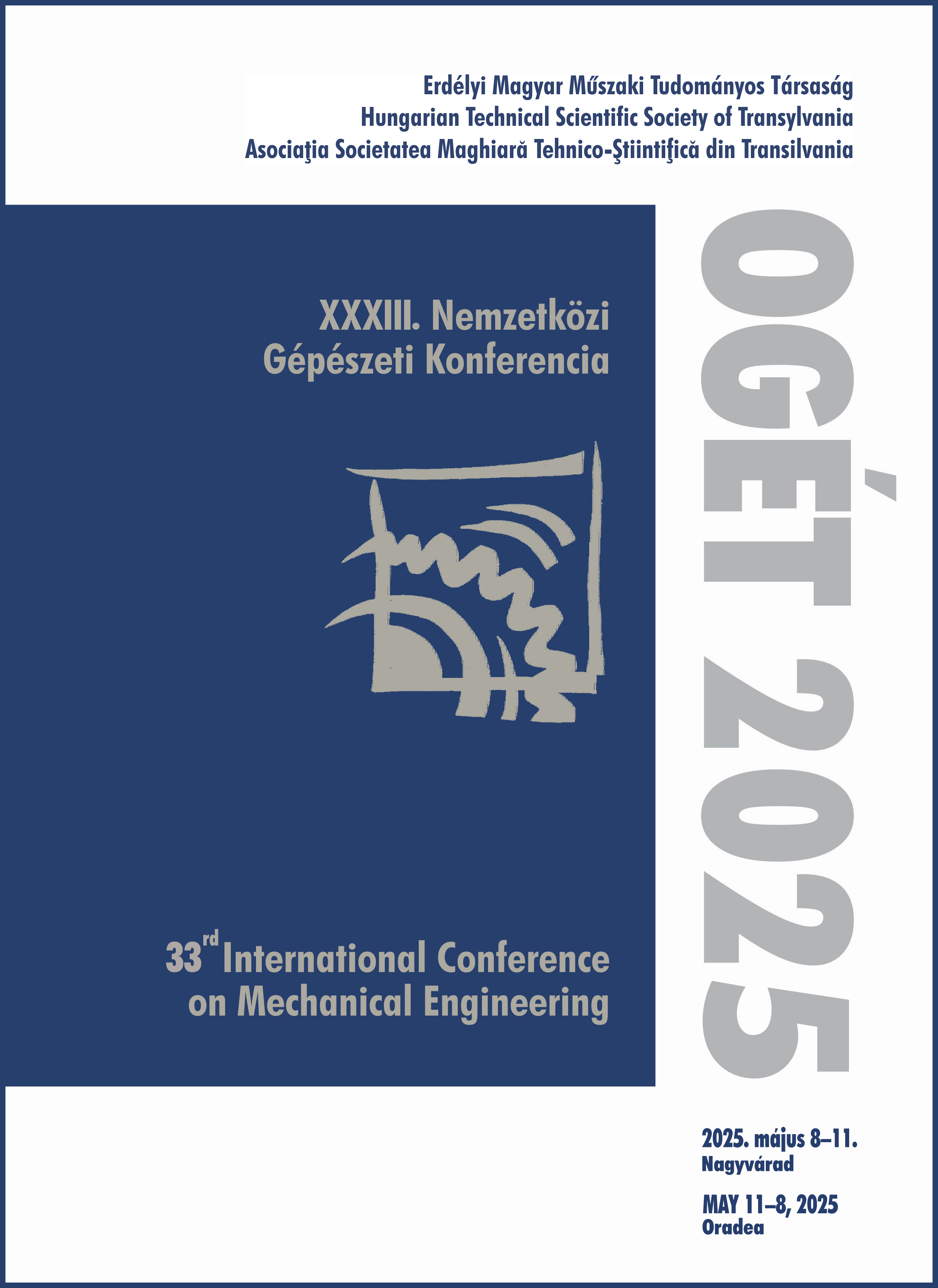Elektromos jármű hatótáv becslése
Estimation of the range of electric vehicle
Keywords:
WLTP cycle, range, electric vehicle, energy-management, /, WLTP ciklus, hatótáv, elektromos jármű, energia-managementAbstract
The spread of electric vehicles or the decline in sales are influenced by several factors, this research only examines the technical parameters of electric vehicles and the habits of the driver. Experience shows that in many cases the range given in the catalogue and the real, available range differ significantly from each other. The available range typically decreases while driving, and may stagnate in regenerative mode, which can change even more dynamically depending on the driver's behaviour. This research describes a range estimation model that takes into account driving habits and temperature conditions.
Kivonat
Az elektromos jármű elterjedését vagy éppen az eladások számának csökkenését több tényező befolyásolja, jelen kutatás csupán az elektromos jármű műszaki paramétereit, illetve a járművezető szokásait vizsgálja. A tapasztalatok azt mutatják, hogy sok esetben a katalógus adatként megadott hatótáv és a valós, elérhető hatótáv jelentősen különbözik egymástól. A rendelkezésre álló hatótáv menetközben jellemzően csökkenő, regeneratív üzemben esetleg stagnáló értéket mutat, amely a járművezetői magatartástól még dinamikusabban tud változni. Jelen kutatás egy olyan hatótáv becslő modellt ír le, amely figyelembe veszi a járművezetési szokásokat és időjárási körülményeket.
References
Ibham Veza, Muhammad Zack Asy’ari, M. Idris, Vorathin Epin, I.M. Rizwanul Fattah, Martin Spraggon,
Electric vehicle (EV) and driving towards sustainability: Comparison between EV, HEV, PHEV, and ICE
vehicles to achive net zero emission by 2050 from EV, Alexandria Engineering Journal, vol 82, 2023, 459-467
Morsy Nour, José Pablo Chaves-Ávila, Gaber Magdy, Alvaro Sánchez-Miralles, Review of Positive and
negative Impacts of Electric Vehicles Charging on Electric Power Systems, Energies, vol 13, is. 18, 2020, 4675
Andrew F. Burke, Batteries and Ultracapacitors for Electric, Hybrid, and Fuel Cell Vehicles, Proceedings of
the IEEE, vol 95, is. 4, 2007, 806-820
Justin D.K. Bishop, Colin J. Axon, David Bonilla, Martino Tran, David Banister, Malcolm D. McCulloch,
Evaluating the impact of V2G services on the degradation of batteries in PHEV and EV, Applied Energy,
vol 111, 2013, 206-218
Fuad Un-Noor, Sanjeevikumar Padmanaban, Lucian Mihet-Popa, Mohammad Nurunnabi Mollah, Eklas
Hossain, A Comprehensive Study of Key Electric Vehicle (EV) Components, Technologies, Challenges,
Impacts, and Future Direction of Developement, Energies, vol 10, is. 8, 2017, 1217
Languang Lu, Xuebing Han, Jianqiu Li, Jianfeng Hua, Minggao Ouyang, A review on the key issues of lithium-
ion battery management in electric vehicles, Journal of Power Sources, vol 226, 2013, 272-288
Yogesh Abhale, Prateek Nigam, Review on Regenerative Braking Methodology in Electric Vehicle,
International Journal of Advanced Research in Electrical, Electronics ands Instrumentation Engineering,
vol 4, is. 7, 2015, 6380-6385
Bytech, Így működnek az energiavisszanyerő fékrendszerek, 2024,
https://bytech.hu/igy-mukodnek-az-energiavisszanyero-fekrendszerek/
HCR Motors Group, WLTP, NEDC, and CLTC Explained, 2024, https://www.hcrmotorsgroup.com/curacao/blog/faq/electric-car/wltp-nedc-and-cltc-explained/
DieselNet, Worldwide Harmonized Light Vehicles Test Procedure (WLTP), 2024, https://dieselnet.com/standards/cycles/wltp.php


